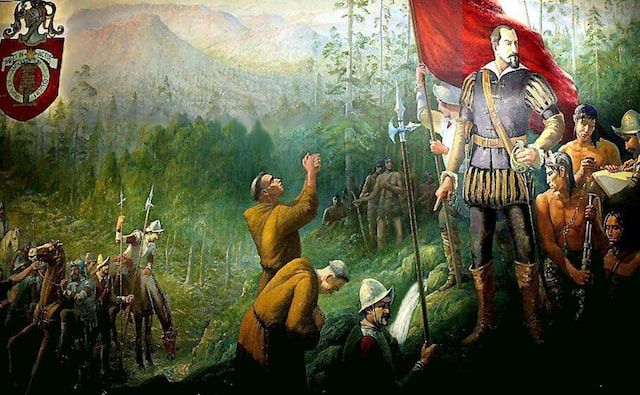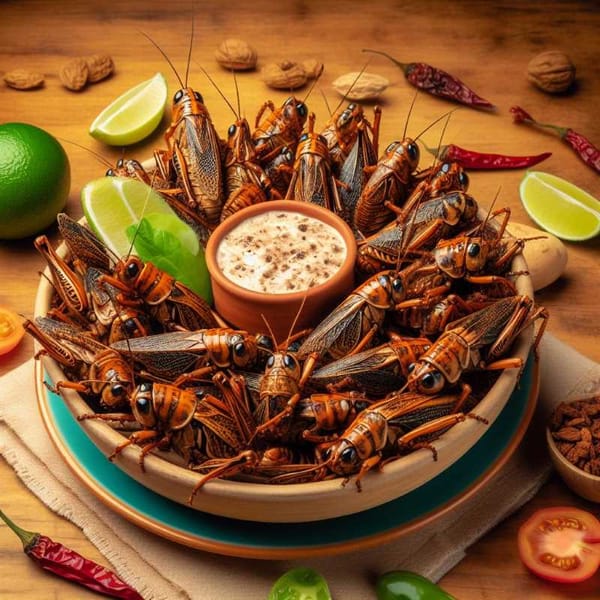Cannibalism of the Xixime: Stories from the 16th and 17th centuries
Xiximes horrified the conquerors by feeding on the victims as children and adults, women and men, of the enemy groups. Is it true and what happened?

The bravest, most inhuman and rebellious, this is how the Spanish chronicler Andrés Pérez de Ribas referred to the Xiximes, inhabitants of the highest points of the Sierra Madre Occidental, in what is today Durango, and in the foothills of the same in present-day Sinaloa, and who have been historically accused of being a particularly cruel cannibalistic people.
Despite these stories, which have served as a source to approach the life of these pre-Hispanic societies, researchers from the National Institute of Anthropology and History (INAH), affirm that so far no archaeological evidence has been found to support these affirmations contained in documents from the XVI and XVII centuries.
The supposed anthropophagy of the xixime horrified the conquerors because they said that unlike the acaxees and the cahítas, who did it to celebrate victories, the xiximes did it in an ordinary way of feeding and the victims could be children and adults, women and men, of enemy groups.
However, probably, these appreciations of the Spanish chroniclers reflected more the fear that the xiximes inspired in them than historical reality since no group has been found among the aborigines of the northwest that resorted to this custom.
The exploration works that have been carried out in the mountainous part tell us about groups of farmers settled basically in the basins of the rivers, who elaborated petroglyphs and had some settlements of ritual character, this is known from vestiges of some ball game courts or taste. So far, neither elements of sacrifices nor ritual cannibalism have been found.
After the peak of the exploitation of the resources of the estuaries by the societies of the Aztatlán horizon (750 A.D. and 1200 A.D.), located in the coast of the south of Sinaloa, there was a retreat, however, the political situation remained stable until 1531 when the Spaniards arrived in this region.
The Spaniards found that the main sites were located, above all, in Chametla, on the Baluarte River, and Quesala, on the Presidio River. By that time we return to the highlands, where the accounts of the conquistadors tell us that there was continuous war between the groups of the coast with those of the highlands, and that is when they attack them with these issues of cannibalism.
This is based basically on the accounts written by Baltazar de Obregón, one of Francisco de Ibarra's companions in the occupation of southern Sinaloa. And the first mentions of the struggle between the groups of the highlands and the coast are given through the news of the expeditionaries who came with Nuño de Guzmán, the original conqueror of what is now Sinaloa.
Towards an archaeology of the highland groups
Unlike the groups of the coast, of which more than 500 archaeological sites have been found on the shore of the marsh, many of them formed only by oyster shells, the so-called "concheros" -resulting from the use of these as food-; the mountainous part of Sinaloa is still an area to be recognized.
In the sierra, what has been worked on are the tastes, in that sense, these towns probably carried out ritual sacrifices related to the ball game. There have also been located habitation sites, that is, house foundations on the banks of the rivers, basically in the Presidio.
Nevertheless, the petroglyphs are the most evident manifestations in the Sinaloa highlands, some of them seem to represent the god Tlaloc according to the outline of fangs and blinkers (elements associated with the water deity). Their similarity with the designs of the Late Postclassic of central Mexico (1200/1300-1521) led to think for a while that groups of this region had made them, but it is a local tradition.
Many of the figures are related to fertility, among them, the spirals and representations of feminine vulvas. According to the account of the Franciscan Antonio Arias de Saavedra, the groups of the sierra of Nayarit and adjacent to the south of Sinaloa had Uxu'u as one of their main deities, and these figures of vulvas are probably related to the cult of the generative goddess.
Another main god was Pitzintli, who represented the sun and there are many representations of the sun in petroglyphs and stairways that seem to allude to the ascent of the sun god to the sky. In the engravings, both in the south and north of Sinaloa, these types of representations have been found.
Source INAH




